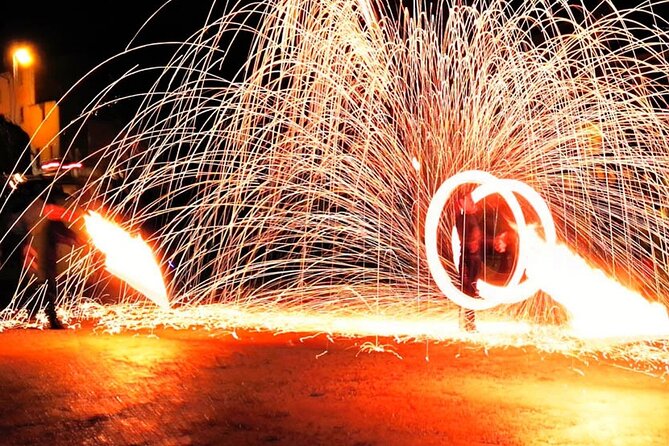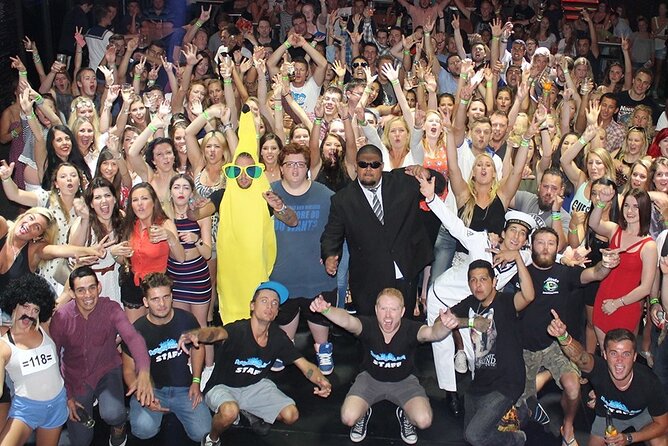How many moons does Saturn have?
The amount of moons that the Jovian planets have can be difficult to keep count of. Obviously, our planet only has one moon, and the closest planet to us Mars only has two. But when you go past Mars, the amount of moons each planet has changes drastically. Jupiter and Saturn are often said to be competing for the most moons orbiting them – but out of the two, in 2021 which one has the most? That’s what we’re going to take a look at.
In the present, Saturn has 82 confirmed moons orbiting the planet. This is just three more than the current moons orbiting Jupiter, meaning Saturn has the most moons of any planet in the solar system.
And actually, over the decades the planet with the most moons that are orbiting it has changed. Before the late 1990s, Saturn was always known as the planet with the most confirmed moons orbiting it. However, this changed in the years following 1999, as 34 more moons were confirmed as orbiting Jupiter, meaning this was now the planet with the most moons.
And it stayed that way until 2019, with Jupiter being known as the planet with the most moons, whilst Saturn has always been known for its very apparent rings. However, in 2019 20 more moons were confirmed as orbiting the planet Saturn, which meant that it finally had more moons than its brother Jupiter once again. You can read more quick facts about Saturn.
How long will it stay this way? Well, not long if recent findings are to be true, which suggests that Jupiter may have a whopping 45 uncounted moons orbiting the planet, and actually, there may be hundreds more unconfirmed moons orbiting the planet. And if these moons are eventually confirmed as thought, then once again it’ll be the planet with the most moons in our solar system.
It’s thought that most of the moons that orbit Saturn are actually just tiny fragments of other objects that have broken up into smaller pieces, and ended up being caught in the gravitational pull of the planet. Interestingly enough, many of the moons actually orbit the planet in a retrograde direction, meaning some moons go around the planet clockwise, and the other ones orbit it in a counter-clockwise motion.
As well as the planet with the most moons in the solar system, it’s also often debated about who has the biggest one. Well, the two largest moons do belong to Jupiter and Saturn, but unfortunately Saturn can’t keep up in this regard.
The largest moon in our solar system is Ganymede, which orbits the planet Jupiter. It has a radius of 1,635 miles, though it is quite a low density moon with a fairly low mass given its size. Ganymede was actually discovered to have a thin oxygen atmosphere similar to that on Earth, though the truth is that it’s probably not enough to sustain life (that we know of, anyway). Plus, Ganymede was actually one of the first moons outside of Earth’s own to be discovered, all the way back in 1610 by Galileo Galilei.
And in comparison to that, Saturn’s largest moon Titan is just marginally smaller, with a radius of 1600 miles. Although it is smaller than Ganymede, Titan has quite a thick atmosphere, so for many years it was believed to be the biggest in our solar system. Titan was discovered in 1655, 45 years later than Ganymede was discovered.
As well as these two moons, there are many other larger moons in the solar system. One example is Callisto, which along with Ganymede and Titan, is actually larger than the planet Mercury. There are also some strange looking moons in our solar system too, with Hyperion being a prime example of one.
To sum it up, the race for the most moons of any planet is always on between the two largest planets, Jupiter and Saturn. Whilst Jupiter was ahead for a long while, it’s currently Saturn’s turn to be the leader – but for how long? Well, that remains to be seen, but the chances are that it won’t be long before more Jovian moons are found.




